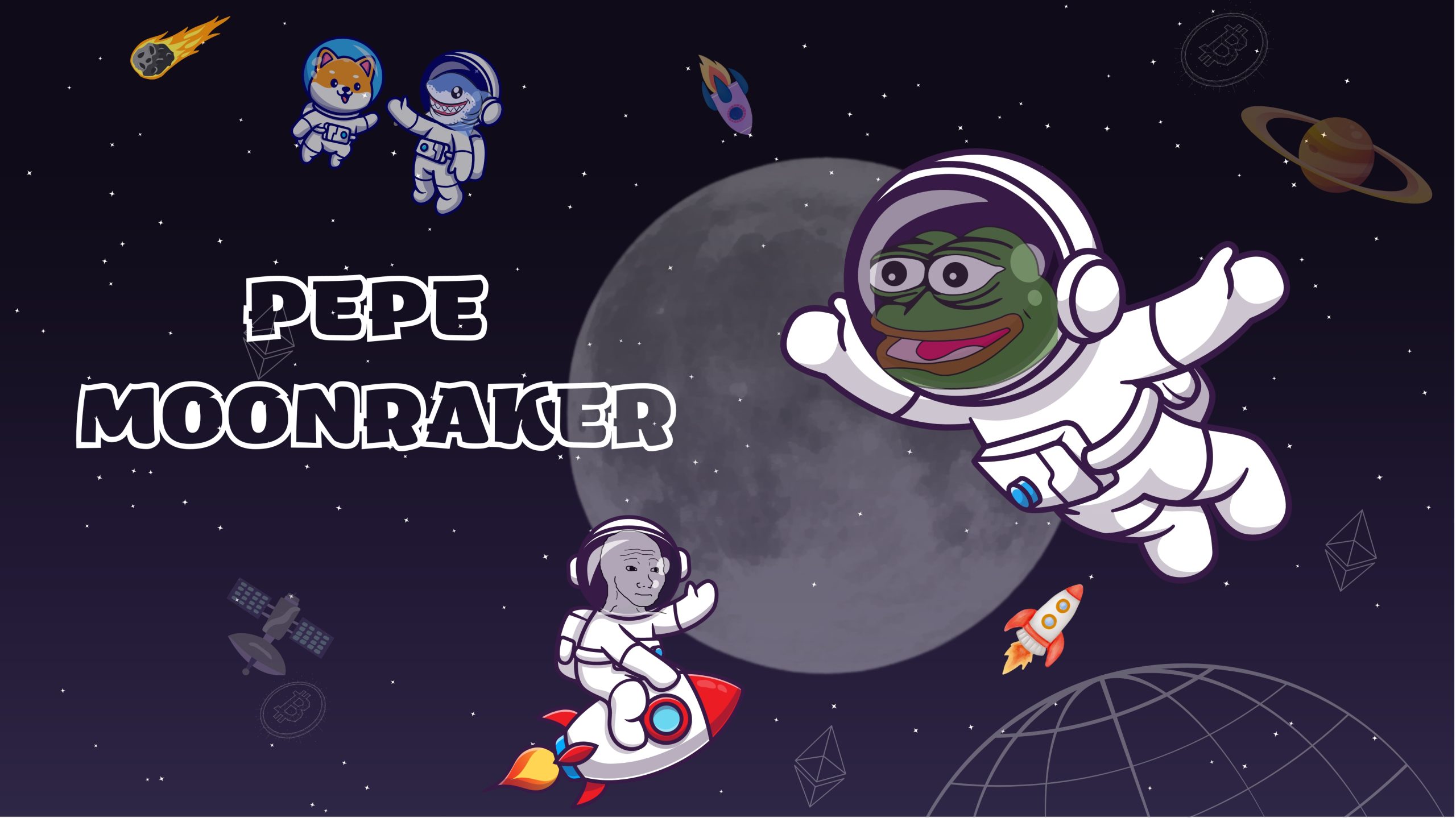In the realm of miniature painting, the Golden Demon competition stands as a beacon of artistic achievement, celebrating the finest examples of miniature artistry with a prestigious annual event. Recently, however, the spotlight has shifted from the dazzling displays of skill to a heated debate surrounding the role of artificial intelligence in this revered competition. The decision to ban AI-generated models from the Golden Demon has ignited a discussion that reaches beyond the miniature community, touching on broader questions about the intersection of technology and art.
The Golden Demon: A Tradition of Excellence
For decades, the Golden Demon has been the ultimate stage for miniature painters, a place where the finest examples of hand-painted figures are showcased and celebrated. The competition, hosted by Games Workshop, is known for its rigorous standards and the high level of skill displayed by its participants. Each entry is a testament to the artist’s dedication, technical proficiency, and creative vision. The models are meticulously painted, often requiring hundreds of hours to perfect the details that make them stand out.
The competition has always valued the personal touch that comes with traditional painting techniques. Each entry reflects not just technical skill but also the artist’s individual style and creative expression. This emphasis on personal involvement and craftsmanship is central to the Golden Demon’s ethos.
The Rise of AI in Artistic Creation
As artificial intelligence continues to advance, its applications in creative fields have expanded dramatically. AI tools can now generate intricate designs, renderings, and even paint miniature models with a level of precision and speed that would be difficult for human artists to match. AI algorithms, trained on vast datasets, can produce visually stunning results that might otherwise take human painters weeks or even months to achieve.
This technology, while impressive, has sparked a debate about its place in traditional art forms. Proponents argue that AI can enhance creativity by offering new tools and possibilities for artists, allowing them to explore concepts and designs that might be beyond their manual capabilities. AI can serve as a collaborative partner, expanding the creative process rather than replacing it.
However, critics contend that AI-generated art lacks the emotional depth and personal engagement that come from human artists. They argue that creativity is not merely about producing aesthetically pleasing results but also about the journey and the human experience behind the work. For many, the value of art lies in the connection between the artist and the audience, a connection that AI, as a tool without consciousness or intent, cannot replicate.
The Controversy Unfolds
The decision to ban AI-generated models from the Golden Demon was influenced by these concerns. Neil Hollis, a respected figure in the miniature painting world, voiced his apprehensions about the impact of AI on the competition. Hollis and other traditionalists argue that allowing AI-generated entries could undermine the competition’s core values. They believe that the artistry of miniature painting lies in the human effort and skill involved, not just the final visual outcome.
The Golden Demon’s organizers faced the challenge of maintaining the competition’s integrity while addressing the evolving landscape of artistic tools. Their decision to exclude AI-generated models reflects a desire to preserve the competition’s focus on traditional painting techniques and the personal involvement of the artists. By doing so, they aim to ensure that the awards continue to honor individual creativity and craftsmanship.
Broader Implications and Future Directions
The ban on AI-generated models at the Golden Demon raises broader questions about the future of art competitions and creative practices. As technology continues to evolve, artists and institutions will need to navigate the complexities of integrating new tools while preserving the essence of traditional art forms. The debate highlights a larger tension between embracing technological advancements and maintaining the authenticity of artistic expression.
Some argue that rather than excluding AI, art competitions could evolve to include new categories that recognize and celebrate the unique contributions of technology. This approach would allow for a broader range of creative expressions while still honoring traditional techniques. It could also encourage artists to explore new ways of integrating AI into their work, potentially leading to innovative hybrid forms of art.
Moreover, the discussion around AI in art is not limited to miniature painting. Across various artistic fields, similar debates are unfolding as creators grapple with the implications of AI tools. These discussions are shaping the future of art and creativity, influencing how we define and value artistic achievements in an increasingly digital world.
Conclusion
The Golden Demon controversy is more than just a debate about the role of AI in a single competition; it is a reflection of broader shifts in the art world and our understanding of creativity. As technology and art continue to intersect, the challenge will be finding ways to honor traditional skills while embracing new possibilities. The decisions made by events like the Golden Demon will play a crucial role in shaping the future of artistic competitions and defining what it means to be an artist in the 21st century.

